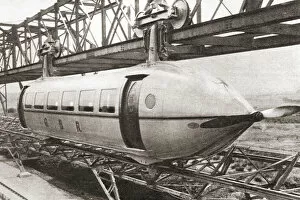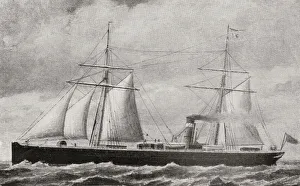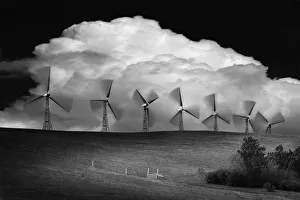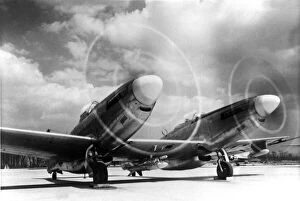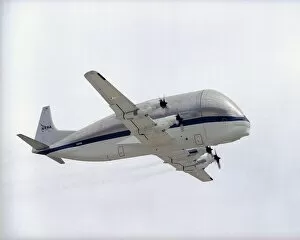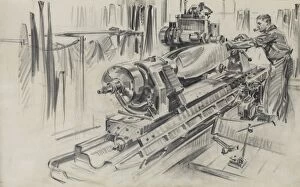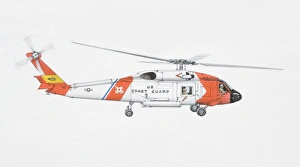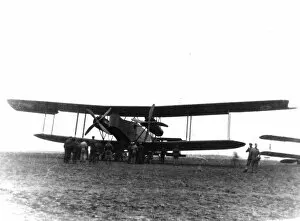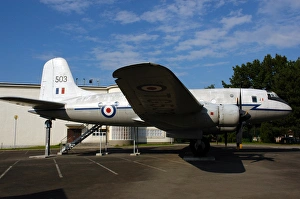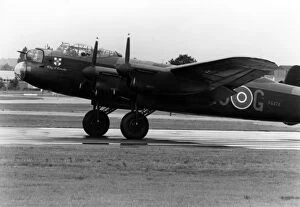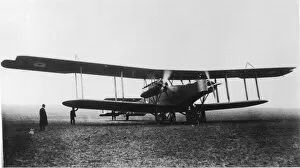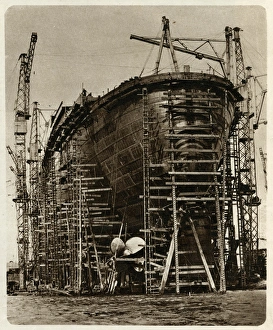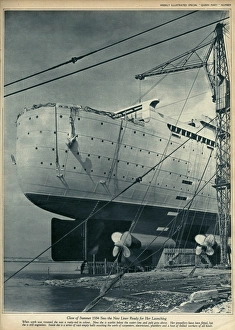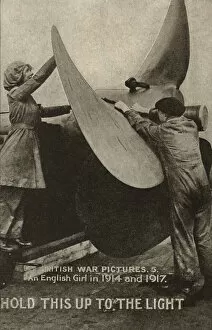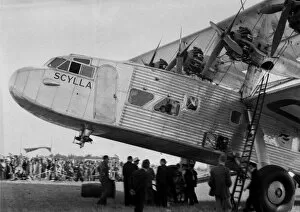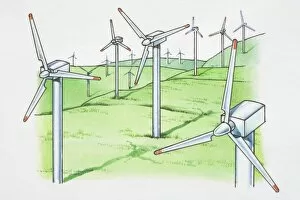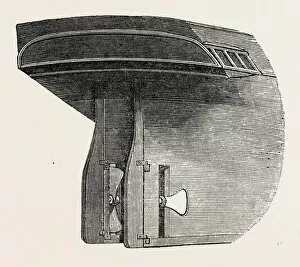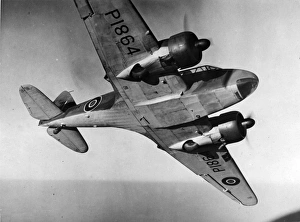Propellers Collection (page 3)
"Propellers: A Journey Through Aviation History" The Royal Air Force Display Poster at Hendon showcases the power and precision in flight
All Professionally Made to Order for Quick Shipping
"Propellers: A Journey Through Aviation History" The Royal Air Force Display Poster at Hendon showcases the power and precision in flight. The iconic Douglas DC-3 / C-47 Dakota, with its trusty propellers, revolutionized air travel and cargo transportation. Witness the Silver City plane at Lydd, Kent, ready for a daring Channel crossing powered by its mighty propellers. The Pan American Airlines Flying Clipper, Lockheed Constellation, gracefully soars through the skies propelled by its impressive propeller engines. Behold the majestic RMS Oceanic in Graving Dock, Liverpool - a testament to the role in maritime propulsion. Unconventional yet fascinating, the Vought XF5U-1 Flying Pancake defies gravity with its unique design and powerful spinning blades. The de Havilland DH-98 Mosquito proves that even wartime aircraft relied on efficient and reliable propeller technology for their missions. Step back in time with a side view of The Wright brothers' 1903 Flyer plane - an engineering marvel driven forward by pioneering propeller innovation. Discover the intriguing Bennie Railplane from 1930/1933 - an experimental transport system that harnessed rotating blades for unconventional locomotion. Gaze upon G. H Davis's American Liberator bomber as it takes flight - showcasing how crucially important robust they were during World War II. The sky is not complete without these unsung heroes – missing are those magnificent spinning wonders we call "propellers. " The Little Yellow Club Piper Club takes to the skies effortlessly thanks to its trusty set of rotating blades – a symbol of freedom and adventure. In every corner of aviation history lies an ode to these remarkable inventions – Propellers; driving forces behind mankind's quest for exploration and boundless horizons.


